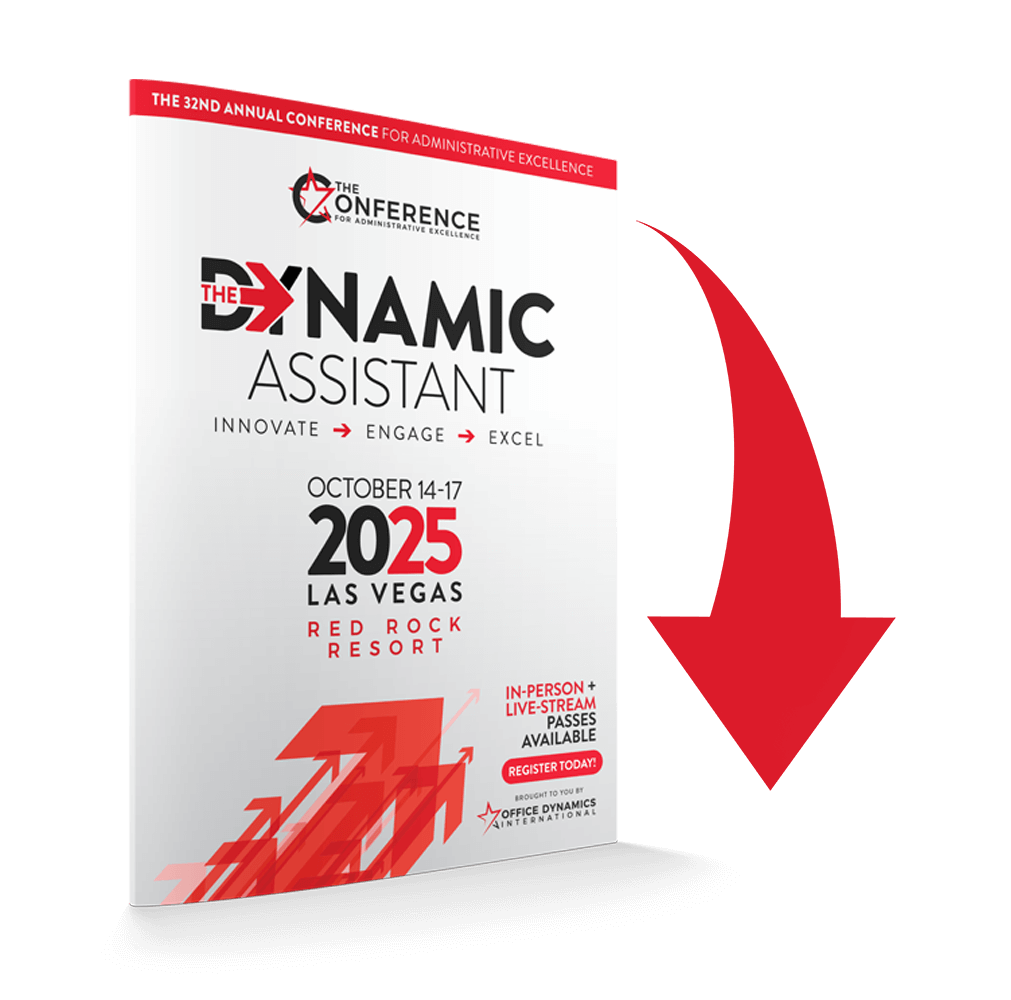Strategies for Effective Communication
While understanding the importance of effective communication provides foundational knowledge, mastering the actual techniques is crucial for real-world application. It’s important to remember that effective communication is much more intricate than it may initially appear. This skill requires continuous refinement and adaptation to new challenges and environments. Keep in mind that this is a journey of constant learning and skill enhancement! To communicate with clarity and conciseness, consider implementing the following strategies:
Know Your Audience: Grasping the communication style and expectations of your recipient is crucial for crafting a message that resonates well. By aligning your communication with their understanding and anticipations, you can ensure that your message is delivered with maximum clarity, making it both accessible and impactful. This approach not only enhances comprehension but also fosters a more meaningful connection between the sender and the recipient.
Be Direct: Begin by highlighting the most critical information at the start of your message. This strategic approach guarantees that your key messages are conveyed upfront, ensuring they are understood even if the reader doesn’t make it through the entire content. This method is particularly effective in grabbing attention and making sure your main points are not lost in the shuffle.
Use Simple Language: It’s best to steer clear of jargon, technical terms, and complicated language unless absolutely necessary for clarity or specificity. When you’re unsure about the level of complexity in your language, opting for simplicity is always a safer choice. Simplifying your language makes your message more accessible to a broader audience, ensuring that your ideas are easily understood by everyone, regardless of their background or expertise.
Keep It Brief: To communicate your message effectively, it’s crucial to use as few words as possible without compromising on clarity. Ensure that every word you choose serves a specific purpose, contributing to the overall message you wish to convey. This approach helps maintain your audience’s attention.
Organize Your Thoughts: A well-structured message significantly enhances comprehension, making it easier for the reader to grasp the intended meaning. By utilizing bullet points or numbered lists, you can organize information in a logical manner, which not only improves readability but also ensures that your key points are clearly highlighted and easy to follow. This method is especially useful in conveying complex information or instructions, as it breaks down the content into digestible pieces, allowing your recipient to process and remember the information more effectively.
Review Before Sending: It’s important to always take a moment to carefully review your message before sending it. This review process should include looking for grammatical errors, finding ways to enhance the clarity of your communication, and striving to make your message more concise. Taking this extra step can significantly improve the effectiveness of your communication, ensuring that your intended message is clearly understood by the recipient.
Practical Examples for EAs
To bring these strategies to life, let’s explore some practical examples. These templates exemplify well-crafted messages that embody the principles of clear and concise communication discussed earlier. Whether you’re communicating with colleagues, leaders, or external stakeholders, these templates serve as a foundation upon which you can build and adapt your communication style tailored to your unique professional context.
Scheduling Meetings
Instead of a lengthy explanation, simply state the purpose, date, time, and location of the meeting. If background information is necessary, consider attaching documents instead of including it in the main message.
Example:
Subject: Scheduling Team Meeting – Project X Update
Dear Team,
Please join us for a meeting on Project X:
- Date: [Date]
- Time: [Time]
- Location: [Location] / Link: [Online Meeting Link]
- Agenda attached.
Best, [Your Name]
Requesting Information
Be specific about what you need, why you need it, and by when.
Example:
Subject: Request for Q2 Sales Data
Hi [Name],
For the upcoming executive report, could you please provide the Q2 sales data? We are specifically looking for [specific information].
I would appreciate having this by [deadline].
Thank you, [Your Name]








